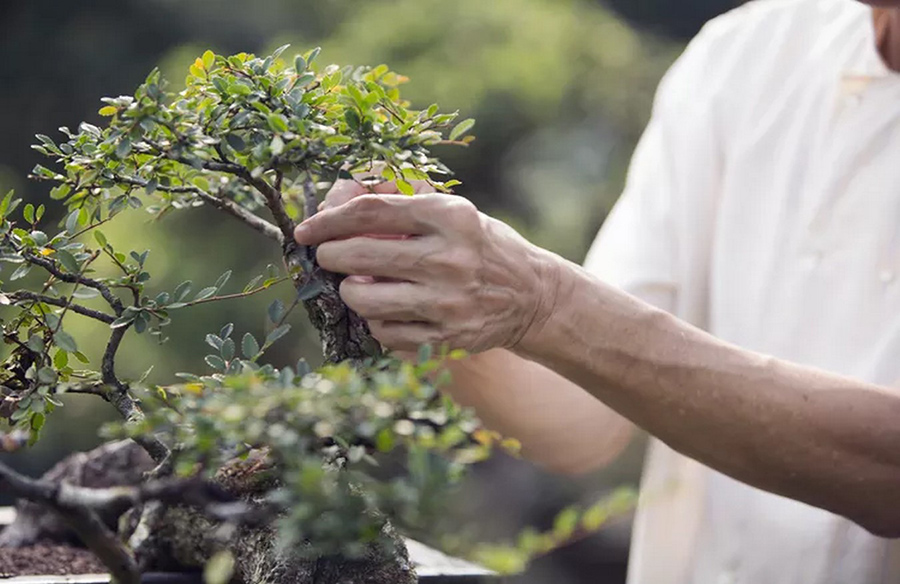“Healing gardens” are now a common feature in modern hospital designs, and their impact on patient recovery is remarkable. Studies show that patients with bedside views of greenery tend to heal faster, require less pain medication, and experience fewer post-surgical complications compared to those with views of non-green environments. This underscores the therapeutic power of nature, which forms the foundation of horticultural therapy.
Understanding Horticultural Therapy
Horticultural therapy involves utilizing gardens, plants, and gardening activities to alleviate physical and mental symptoms. Research indicates its effectiveness in managing mood disorders, enhancing mental well-being, and improving physical abilities such as balance, strength, and coordination. This therapy can be practiced in various settings, ranging from specialized gardens to community green spaces and even hospital rooms.
Origins and Evolution
The therapeutic benefits of gardens and gardening have been recognized since ancient times. However, Dr. Benjamin Rush is credited with formalizing horticultural therapy as a clinical practice. Rush, a signatory of the Declaration of Independence, documented the positive effects of gardening on individuals with mental illness. The practice gained momentum during and after World War II, particularly in aiding the rehabilitation of wounded veterans and individuals with PTSD.
Since then, horticultural therapy has expanded to address a wide range of conditions, including stress, memory loss, addiction, intellectual disabilities, and dementia. It promotes muscle strength, coordination, problem-solving skills, and overall physical and mental well-being.
Settings for Horticultural Therapy
Horticultural therapy can be conducted in various settings tailored to specific therapeutic goals and available resources. Specialized therapy gardens, designed for accessibility and therapeutic activities, are common in hospitals and senior care centers. These gardens feature wheelchair-friendly paths, sensory-oriented plants, and managed environments conducive to healing.
Community gardens and neighborhood green spaces also serve as ideal settings for horticultural therapy, offering low-cost and sustainable environments for skill-building and relaxation. Research suggests that these spaces benefit individuals across different age groups and with various conditions, including postpartum issues, cognitive impairments, and mental health disorders.
Beneficiaries of Horticultural Therapy
The American Horticultural Therapy Association recognizes the broad spectrum of individuals who can benefit from horticultural therapy. It aids in improving memory, cognitive abilities, language skills, socialization, and physical rehabilitation. People with mental illness, dementia, behavioral issues, physical limitations, developmental disorders, and sensory challenges can all benefit from this therapeutic approach.
Horticultural therapy not only provides immediate therapeutic benefits but also equips individuals with lifelong skills that promote self-reliance and well-being. As a sustainable and effective form of therapy, it exemplifies the inherent healing qualities of the natural world and underscores the importance of preserving our natural environment.
